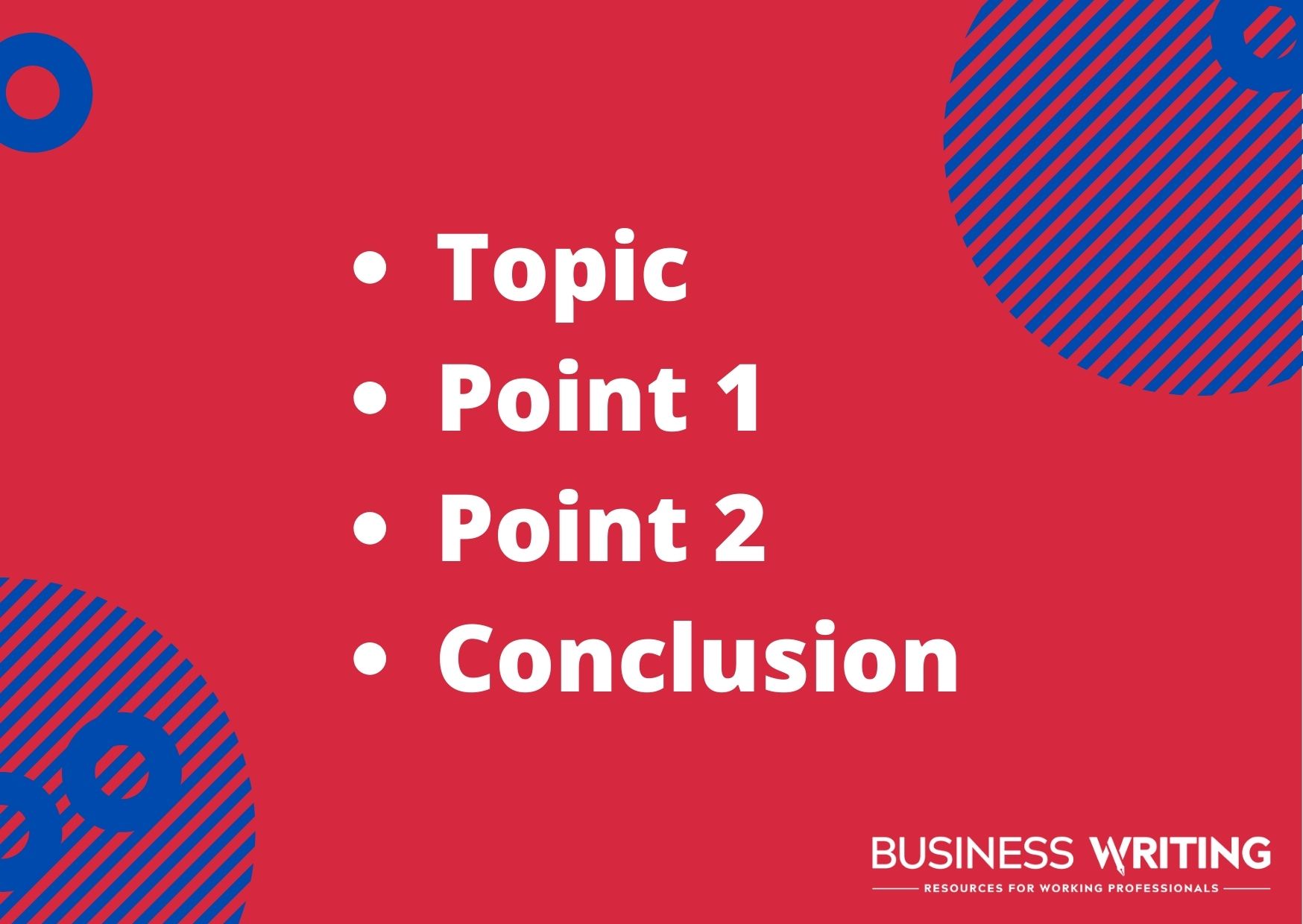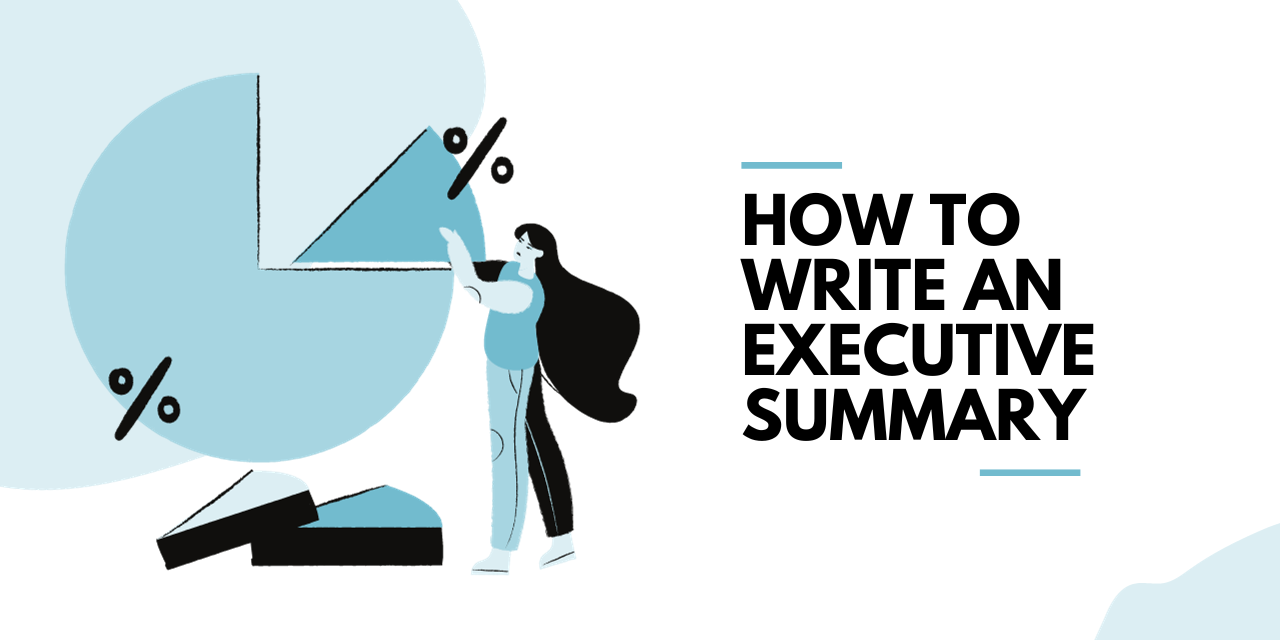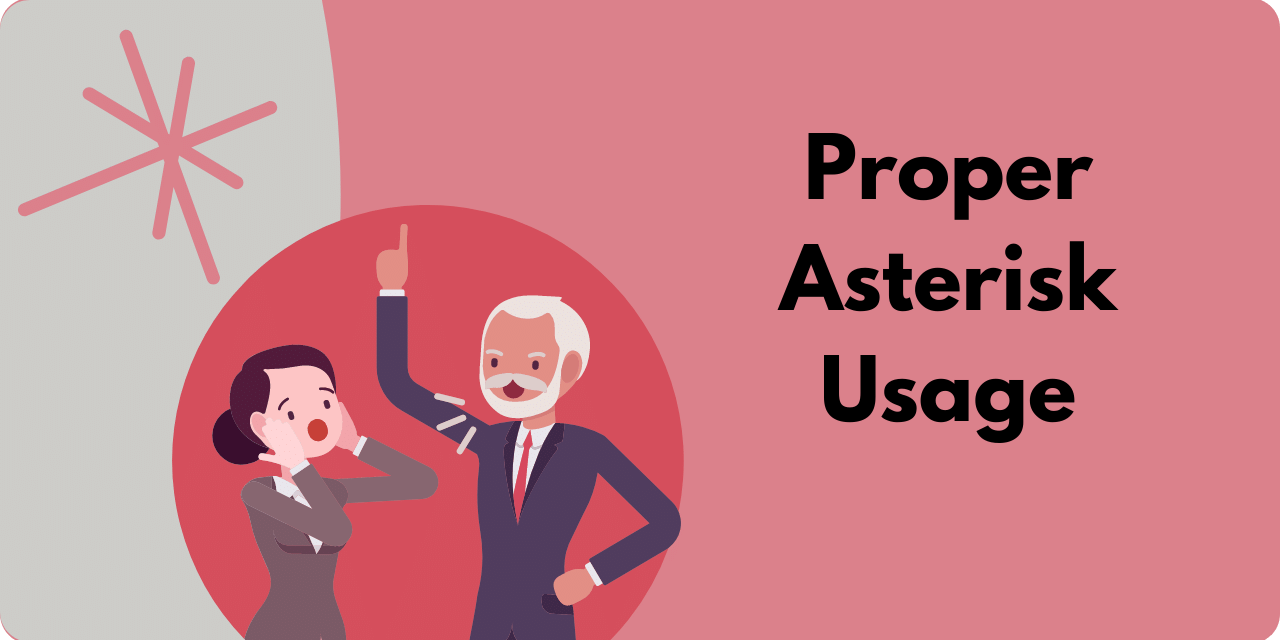Life is short. And so is the attention span of most people. This is why copywriters, marketing experts, and anyone who writes for a living repeats the writer’s mantra daily: Quickly get to the point! And it’s no different with business communication—your audience will expect you to communicate your message quickly, concisely, and deliver the main point on a silver platter.
Here are some business writing tips that will help you to do just that.
Define Your Key Points
Before you start writing, make sure you have clearly identified in your own mind what your core message is. Ask yourself: What is my purpose in writing this? What key points do I need the reader to take away? How will I make the main point stand out?
Your goal is to educate, inspire or influence others. Therefore, your business communication strategy must include being able to define and articulate your point clearly and quickly.
Tell Your Reader What to Do
Sometimes you need to simply share information. At other times, the point of your message is to motivate the reader to take action. Tell them what you expect them to do. Here are two ways to do so:
CTA—A call to action is a direct prompt from you telling your audience what to do next:
“Start the application process today! You don’t want to miss out!”
Concluding comments—Direct your reader to take action in your concluding paragraph or final sentences. Be specific; don’t assume they will get the point. Spell it out in clear terms. For example:
“Now is the time to take action. Get the debt collectors off your back for good! Give us a call today for a free consultation. We are eager to hear your story.”
Avoid Filler Words
In order to render your sentences easier to digest, cut our unnecessary filler words that clutter your writing without adding any meaning. Here are some examples:
- Rather
- Just
- Basically
- As a matter of fact
- In Fact
These are mostly used to pad our writing; however, they begin to bog down our sentences and increase word count unnecessarily when used in excess. Try to limit them as much as possible.
Emails Are Not Novels
There’s a reason why you never see an email on the New York Times Best Seller list. Emails are not meant to be novels. You may enjoy creative writing—flexing those writing muscles—as you craft an eloquent email. Unfortunately, not everyone will appreciate your flair. Using excessive words, bogging down the copy with additional unnecessary details and backstory, or meandering sentences that seem to go on and on and on… Well, you get the point.
Don’t bury your point like a hidden treasure in the sand. It will only lose value. Avoid long-winded text that can confuse, bore, or leave uninspired your reader. Before you hit “Send,” reread your email. Look for clarity, conciseness, and your main point clearly identified.
How to Quickly Get to the Point
Here are a few practical tips to help you quickly communicate your point:
Use appropriate sentence length. Avoid sentence fragments, run-ons, and jamming too many thoughts into one sentence. Break longer sentences into two. For example:
“The report my team worked on for the past month clearly showed where the company needs to improve, including adding additional hours to cover over-time, provide daycare on-site, and we have many employees who suffer from multiple health problems that require health insurance that would cover more out-of-pocket expenses.”
Too many details for one sentence! Let’s try again:
“My team’s report shows where our company can improve. Adding additional over-time hours and on-site daycare would be a great start. Also, we can ensure our health insurance plan covers more out-of-pocket expenses.”
Cut out filler words. This is like trimming the fat from meat—removing the unwanted fat but keeping the protein. When writing, cut any filler words or phrases (fat) that do not contribute meaning (protein). For example:
“Basically, the employee was rather happy with the outcome. As a matter of fact, he was quite excited about moving to the fourth floor.”
Try this instead:
“The employee was excited to be moving to the fourth floor.”
Write using active voice versus passive voice, which is often more direct. Active voice can help you get to the point fast.
Use an Outline
Using an outline can help you to hit all your main points in a logical, cohesive manner. And it will keep you on track of when and where to add headlines or subheadings to make a key point pop.
To illustrate: You need to write a pitch to upper management requesting approval for upgrading Zoom accounts. A simple outline can help you build your case. Like this:
Topic: Upgrading basic Zoom account to Pro for all employees
Point 1—The basic account caps group meetings to 40 minutes and restricts saving recorded meetings to a local device.
Point 2—The Pro license allows for unlimited group meetings with no time limits, record meetings and events to the cloud, and live stream to YouTube.
Conclusion/CTA—Please approve the request to cover the cost of upgrading the Zoom accounts. Doing so will simplify the sharing experience, live stream training seminars, and allow more company communication functions.

An outline is just the bare bones. You can develop each main point further, adding supportive statements and context.
So whether you are writing an email, a company memo, a financial report, or something else, keep in mind your goal: To succinctly convey the most critical information in the quickest way possible.
And if you want to be able to better get to the point in your speech, and avoid rambling, check out this video below:
Want to sharpen your business writing skills? Discover our acclaimed online courses.






